7 Healthiest Foods You Need in Your Diet Every Day
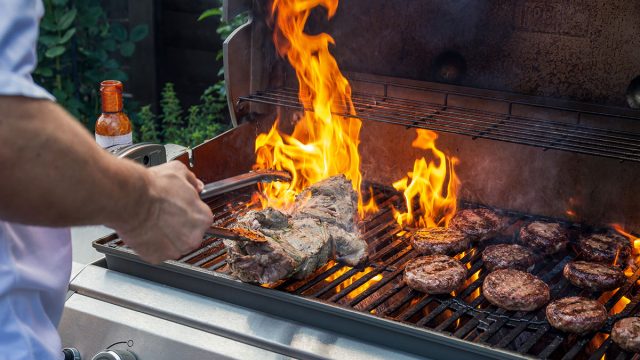
Dr. Eric Berg, DC, is passionate about the impact diet has on health—specifically certain foods. "Now the question is what makes a food healthy? But to figure that out, we must also look at what foods make us sick," he says. "And out of all the things that can make us sick, as you might know already, insulin is at the top of the list. So any foods that raise insulin because your blood sugars are now raised would not only inhibit your health, but it's going to make you ill. Also, foods that deplete you of nutrients will make you ill as well." So which foods should be enjoyed on a regular basis? Here are the 7 healthiest foods to help make you stronger, fitter, happier, and hopefully live longer.
Sauerkraut
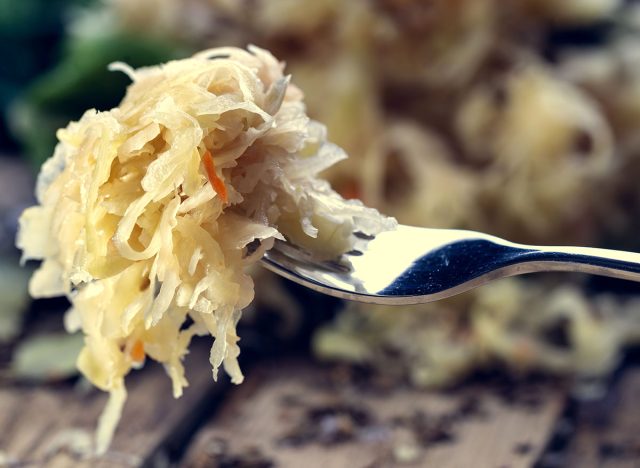
The first food on Dr. Berg's list is sauerkraut. "In one cup of sauerkraut, you have only six grams of carbs with 4.1 grams of fiber, giving you a net carb of 1.9 grams," he says. "So it's just under two grams of carbs for an entire cup. That's incredible. So that definitely fits the definition of low carb, high fiber, and high nutrient because sauerkraut has the highest vitamin C of any food out there. In fact, in one cup of sauerkraut, there are over 700 milligrams of vitamin C. And the daily requirements that we need are only roughly around 75 milligrams."
Arugula
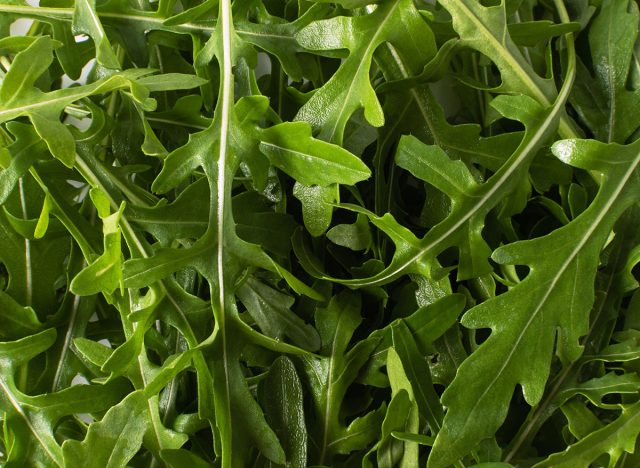
Dr. Berg recommends arugula over spinach for a delicious salad or side ingredient. "Arugula has a really great flavor," he says. "It's kind of like a peppery, sweet, spicy hot flavor, and it doesn't need much seasoning. So sometimes, I'll just add the extra virgin olive oil and maybe a little sea salt, and that's it. Arugula is really good for inflammation. It has very high anti-inflammatory properties. Arugula is also high in calcium, potassium, folate, magnesium, vitamin C, and K1. And lastly, arugula has some pretty potent anti-cancer effects."
Salmon
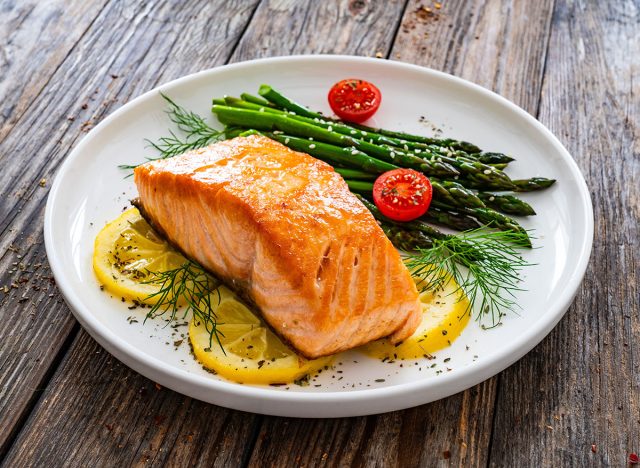
Next on the list is salmon, which is rich in zinc, calcium, and potassium. "Out of all the fish, salmon is extremely high in omega fatty acids, and omega fatty acids are really good for the brain, the heart, and your joints," Dr. Berg says. "Omega-3 has anti-cancer properties. Most people are consuming way too many omega-6 fats, such as soy oil, corn oil, canola oil, and cottonseed oil, and they're very, very low in omega fatty acids. So, they have this imbalance that generates a lot of inflammation in their bodies. So, if you want to systemically keep inflammation very low, you want to consume food high in omega fatty acids. And this is why I recommend salmon at least a few times a week."
RELATED: 5 Proven Tips for Men Over 50 to Eliminate Stubborn Belly Fat
Cod Liver
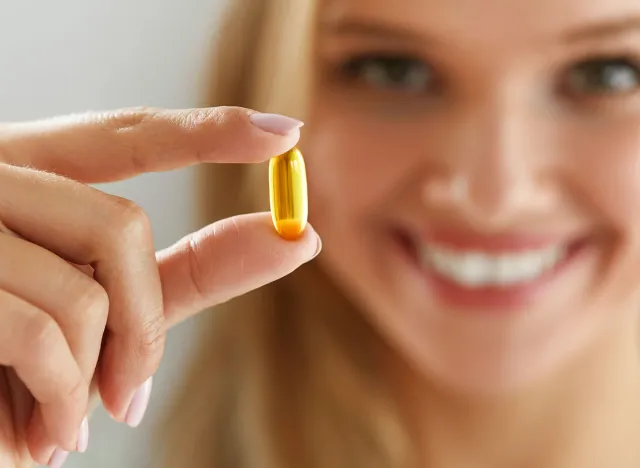
Dr. Berg recommends cod liver at least once a week. "Wild caught cod liver is not only easy to get, it's very, very delicious," he says. "It doesn't taste bad at all. It's not even fishy as long as you eat it within one to two days. The unique thing about cod liver oil compared to fish oil, in general, is that cod liver and cod liver oil have omega fatty acids. They have EPA and DHA, but fish oil does not have the vitamin A and vitamin D that cod liver and cod liver oil has."
Hamburger
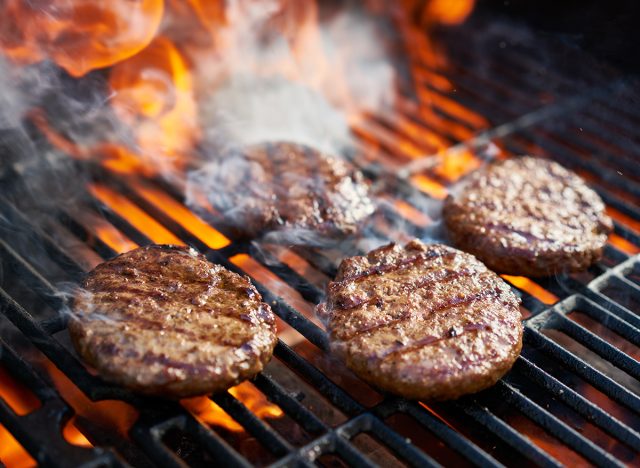
Dr. Berg highly recommends grass-fed, fatty, organic burger with no bun. "Hamburger is rich in B12, phosphorus, and zinc. It's an excellent source of selenium, B6, B2, B3, and B5," he says. "It's also high in something called carnosine. In fact, beef is one of the highest sources of carnosine, and carnosine reduces glycation. Glycation occurs naturally on our bodies and promotes aging."
Pecans
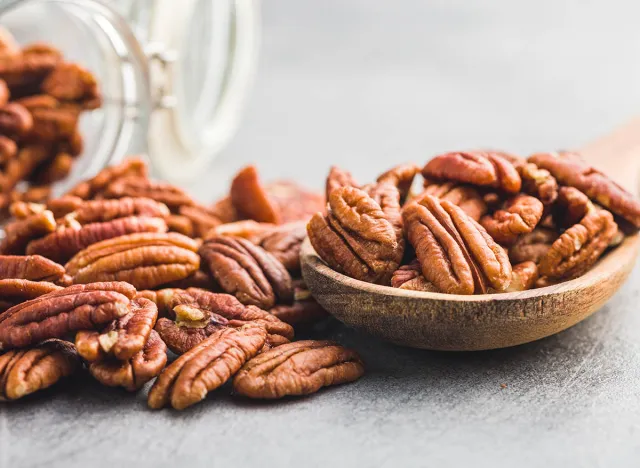
Dr. Berg recommends pecans as one of the healthiest nuts to enjoy. "I love to just take a handful of pecans right after a meal, and it gives me a good amount of fat. It's very satisfying," he says. "Now the carbs in pecans per cup is 14 grams, and it has a good amount of fiber, like 10 grams. So that gives us a net carb of only four grams for an entire cup. Pecans are very rich in zinc and copper. Zinc and copper always balance each other out. So anytime you have a food that has both zinc and copper, that's a good thing. But pecans are also loaded with vitamin B1. So if you have stress, you want to definitely have pecans as part of your diet."
RELATED: I'm a Doctor, and These Are 5 Big Reasons Why I Would Never Take Ozempic to Lose Weight
Extra Virgin Olive Oil
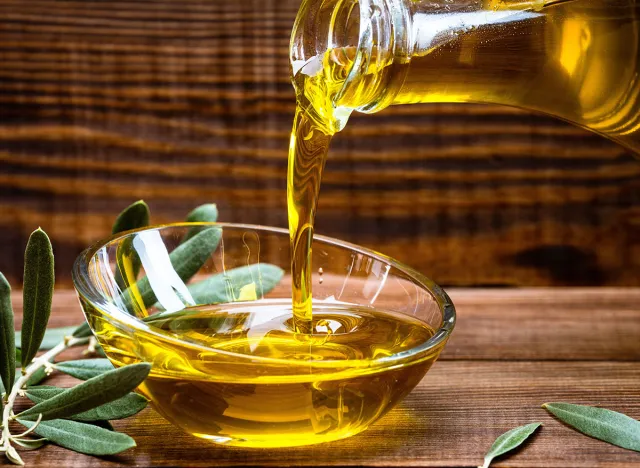
Dr. Berg eats good quality extra virgin olive oil every day. "So what's so healthy about this extra virgin olive oil? It has vitamin E, it has vitamin A," Dr. Berg says. "It has minerals like magnesium and potassium. It is a fat, so it's going to have zero effect on your insulin, which is really good. But it has significant phytonutrients. It has phytonutrients that can extend your aging. It supports things like telomeres, which, if you have shorter telomeres, means you're not going to live as long. It supports and repairs mitochondria. And if you don't already know this, cancer is a disease of the mitochondria, and anything you can do to protect, support, and repair mitochondria will give you anti-cancer benefits." And if you enjoyed this article, take advantage of these 20 Superfoods for People Over 50.




